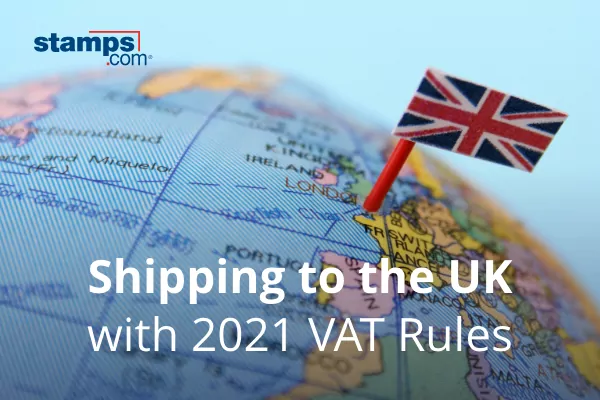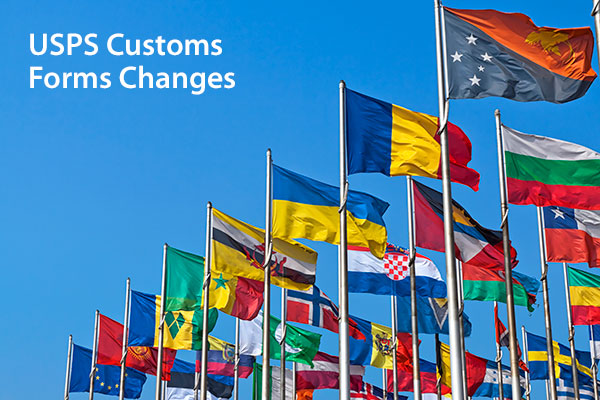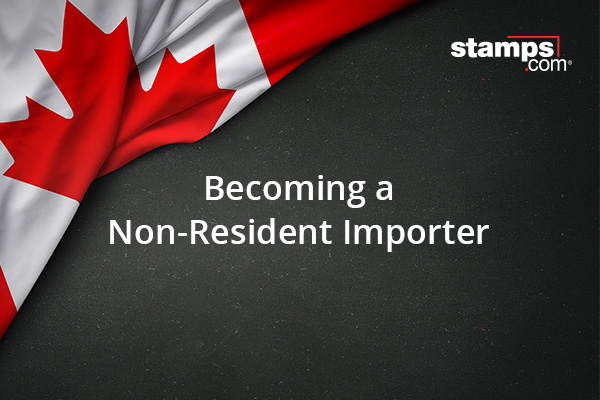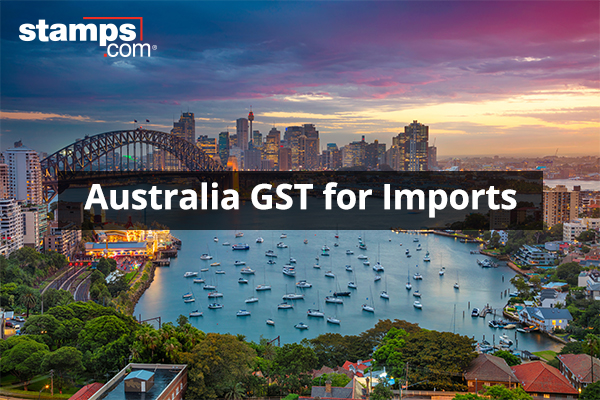
Starting January 1, 2021, shipping to the UK is becoming more complex due to Brexit.
If you’re an online retailer shipping products from the U.S. to the United Kingdom (UK), you will need to change your fulfillment process starting January 1, 2021. The UK has left the European Union trading relationship and the country has implemented new rules for goods and services to be imported into the UK.
Brexit Background – UK Exits the European Union Trade Agreement
The UK officially left the European Union on January 31, 2020, a process that is commonly called “Brexit.” This announcement triggered a “transition period,” where trade would continue as is with no changes to UK Value-Added Tax (VAT) rules, treatment of transactions or filings through December 31, 2020.
Starting on January 1, 2021, all UK imports and exports will fall under the World Trade Organization (WTO) terms, which requires changes to many fulfillment processes for U.S. e-commerce parcel deliveries to the UK.
Changes for E-commerce Orders Being Delivered to UK:
Under the World Trade Order terms, there are four important changes occurring for products being shipped to the UK from the U.S. (along with all countries):
#1 Register for VAT and Collect VAT Fees: As a U.S. online retailer, you will now be required to register for a VAT number and create an online account from HM Revenue and Customs (HMRC) in order to deliver e-commerce orders into the UK. Once you have your VAT number, you will be required to collect all VAT fees from your buyers at time of product purchase. This VAT fee was previously being completed when a parcel entered the UK, typically with the buyer having to pay VAT to release the package from Customs. The new WTO rules pushes that VT tax collection burden to the online retailer in the U.S. who is exporting the product to the UK.
VAT rates for collection depend on the product price:
A) Most Goods and Services valued UNDER £135 have a 20% VAT Rate
Goods and services shipped to the UK with a value between £0.01 and £135 (between $1 and approximately $180 USD) will incur VAT fee of 20% of the product price (not including shipping fees). U.S. online retailers selling products to UK buyers are require to collect this 20% VAT fee at the time of sale. Online retailers will be responsible to pay all VAT collected to HMRC every three months.
B) VAT for Goods and Services valued OVER £135
All shipments with goods and services valued higher than £135 (approximately $180 USD) will be subject to the current VAT procedures, which state VAT is payable as the parcels are being imported into the UK. These types of packages are often cleared through customs via parcel consolidators and all applicable duties and VAT will be paid to HMRC directly by the parcel consolidator, who then normally invoices the online retailer.
#2 Make Quarterly VAT Return Payments to HMRC: Online retailers must report and pay the VAT Return (taxes) collected from their online sales each quarter to HMRC. You can find your actual deadline inside your VAT online account, but in general the deadline for HMRC’s bank to receive payment is one calendar month plus 7 days after the end of the accounting period (annual quarter). If your VAT Return payment is late, you could be liable for additional late fees.
To submit your VAT Return, you can use HMRC’s free online service or one of the many commercial accounting software platforms that HMRC has partnered with. The approved software list includes many popular solutions such as QuickBooks Online, Sage Business Cloud and SAP.
Your quarterly VAT Return should include key data points for your UK sales such as:
· Total sales and purchases for your account (only orders delivered to UK)
· The amount of VAT you owe from your UK sales
· The amount of VAT you can reclaim (i.e. order returns, product defects)
· The amount of VAT refund due from HRMC
#3 More Info Required in Customs Documents: All parcel shipments into the UK will be subject to customs clearance and inspections, which could add significant delays for parcels being delivered to the buyer. U.S. online retailers shipping goods or services into the UK will need to provide import or export declarations to UK Customs. A customs invoice will be required for each parcel that shows UK VAT along with the product price in order for the parcel to be released out of customs.
#4 Elimination of the Low Value Consignment Relief: In addition to implementing the WTO trade terms, the UK is removing Low Value Consignment Relief (LVCR) – a rule that allowed good and products from outside the EU that had a value of £15 or less (estimated $20) to be tax exempt. In 2021, those products will now be subject to the 20% VAT rate.
The UK is taking these actions to ensure that goods and services from outside the UK are treated in the same manner as products within the country, so as UK businesses are not disadvantaged by competition from VAT free imports.
Failure to adhere to these new UK Customs procedures could result in:
· Parcels being refused entry into the UK by customs
· Parcels being returned to sender (including return shipping fees depending on carrier used)
· Parcels and products being destroyed
· Parcels incurring major delays in being delivered to buyer
· Parcels generating additional shipping and/or customs fees, or penalties
Required actions to sell and ship products into the UK in 2021
Starting January 1, 2021, online retailers selling goods or services to UK buyers will be required to register their business with the HM Revenue and Customs (HMRC) to obtain a VAT number. Here are the steps to complete this process:
How to Create UK Government Gateway Account and Register for VAT
1. Go to the HMRC login in page by clicking the following link:
https://www.gov.uk/log-in-register-hmrc-online-services
2. Click on the Green “Sign in” button.
3. Click on “Create sign in details”.
4. Enter your Email Address and click “Continue”.
5. The site will email you a “Confirmation code”. Enter the code and click the Green “Confirm” button to continue.
6. User ID Issued.
7. Enter your name.
8. Create a Password and hit “Continue”.
9. Set up a Recovery Password and click “Continue”.
10. You will now receive your Government Gateway User ID which consists of 12 numbers.
11. You will then need to register for VAT using your Government Gateway User ID and Password.
To register with HMRC for a VAT number, proceed to the following link:
https://www.gov.uk/vat-registration/how-to-register
Do Sellers on eBay, Amazon or another Online Marketplace Have to Collect VAT?
Online marketplaces (OMP) such as eBay, Amazon, Etsy and others will be responsible for collecting the VAT from the buyer when the sale occurs on their website as long as the price is £135 or less. For sales that are over £135, the OMP will not collect the VAT and existing import rules will go into effect (seller pays at port of entry).


